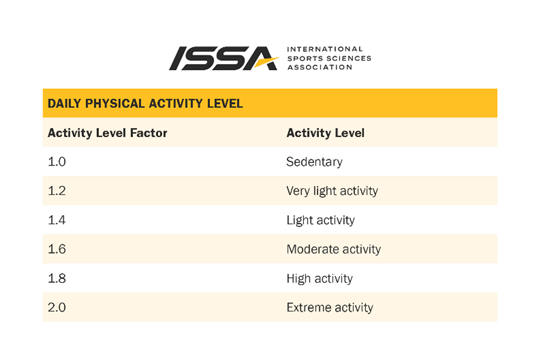Carbs Cycling Calculator: How It Works and Its Benefits
Healthful Vitality | 11/15/2022 | Carbs Cycling Calculator: How It Works and Its Benefits.

Humans must consume large amounts of carbs, fats, and proteins to meet energy requirements. Proteins are mainly the building block of the body. Fats are an excellent energy source and are also needed for building body structures. However, carbs are primarily required for energy supply.
Carbs cycling is about consuming carbs in cycles. It means increasing carb intake on some days, like on training days, and reducing intake on specific days. Another carb cycling strategy is to reduce carb intake for a few weeks or months and then increase it.
For example, bodybuilders may consume more carbs when bulking. However, a couple of months before the competition, they may reduce carb intake by cutting and reducing the body’s fat intake.
It appears that high carb intake, and not high fat intake, has much to do with obesity or fat accumulation in the body. This is because the human body converts excessive carbs to fats and stores them in fat tissues.
Benefits of carbs cycling
There are numerous reasons for carb cycling. Sportspeople mainly do it for cutting, to reduce their total fat mass. However, one cannot reduce carb intake permanently, as it would result in an energy deficit, fatigue, and other issues. Thus, sports people consume high-carb food when bulking or training for strength. However, they have to reduce carb intake from time to time to reduce total body fat mass, improve looks, and reduce total body weight.
Additionally, carb cycling has many other metabolic benefits. For example, Carb cycling improves insulin sensitivity, which is suitable for building muscles.
Carb cycling also helps normalize blood lipid levels and prevents high cholesterol and other health issues.
Carbs cycling calculator
During carbs cycling, one needs to increase carb intake for certain periods and reduce carbs intake at other times. However, one of the most important questions is how many carbs are high or low? One can understand this using a carbs calculator.
Begin point for any calculation must be Basal Metabolic Rate (BMR). BMR is the minimum number of calories one must consume to stay healthy, even if not doing any physical activity. Therefore, it is the bare minimum number of calories one needs to consume

Calculating BMR is a bit complex; thus, the best way to know your BMR is by using an online calculator. To calculate BMR, you need to provide age, height, and gender information.
Once you know your BMR, you need to understand your daily calorie intake. Which is BMR* daily physical activity level, as shown in the image. Thus, let’s say your BMR is 1600 calories, and you have a moderate activity level; then your daily calorie requirement is 1600*1.6= 2,560 calories a day.
How many calories to get from fats and proteins?
Next is to calculate how many calories to get from fats and proteins:
- Protein: (Body weight x 1.15 grams of protein) x 4 calories per gram = daily protein calorie goal
- Fat: (Body weight x 0.30 grams of fat) x 9 calories per gram = daily fat calorie goal
Now add the daily fat-calorie goal and protein-calorie goal, and then subtract them from daily calorie requirement, which is the number of calories you must get from carbs.
For carbs cycling: Consume carbs as shown by the calculation above during high-carb days, reduce carb intake by 15-20% for medium-carb days, and reduce 20-25% carb intake for low-carb days. Now, based on the above information, you can play a weekly carb cycling plan, monthly, or even long-term. For example, high carb on training days and low on rest days. Or high carb when bulking, followed by low carb for a month or two (or as needed) when cutting.
Related: How Many Carbs a Day to Lose Weight Fast?
